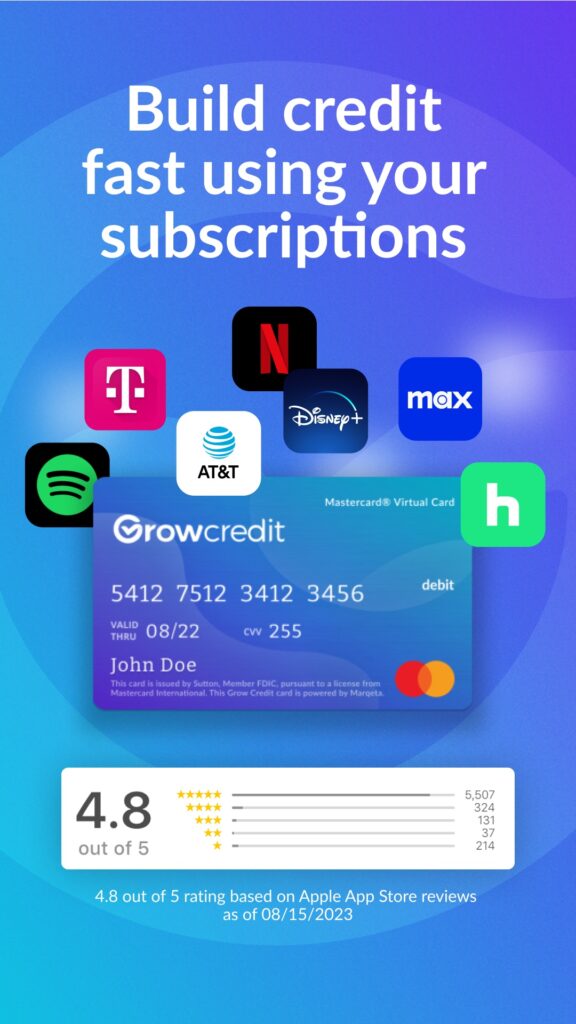Table of Contents
Getting lost in the maze of peer-to-peer lending? We’re here to guide you through it. Peer-to-peer lending has emerged as an alternative route for obtaining loans, especially for those with poor credit. This deep dive will help you understand P2P lending, its dynamics, and potential benefits.
Understanding the Basics of Peer-to-Peer Lending
Peer-to-peer lending (P2P lending) is a modern method of debt financing that lets individuals borrow and lend money, sidestepping the need for a financial institution as an intermediary. It cuts out the middleman, but it also demands more time, effort, and risk than the traditional lending scenarios.
In P2P lending, borrowers are paired with investors through an online platform using sophisticated computer algorithms. Borrowers can be individuals or small businesses seeking a loan, while investors can be either individuals or institutions looking for a return on investment. A borrower’s profile typically includes a credit score, requested loan amount, loan purpose, and other relevant details that might influence an investor’s decision.
While P2P lenders accept a wide range of credit scores, the average borrower usually has a credit score between 600 and 700. However, some P2P lenders accept scores as low as 580, offering a glimmer of hope to those who might struggle to secure loans from traditional lenders due to their credit history. ^1^
The Risk Spectrum of Peer-to-Peer Lending
Despite its accessibility, it’s crucial to realize that P2P lending isn’t risk-free. Nearly 94% of borrowers in marketplace lending are considered high-risk. This statistic reflects a high financing cost and credit risk for all borrowers involved in P2P lending. ^2^
High-risk borrowers are those who have a higher likelihood of defaulting on their loans. They usually have a poor credit history, unstable income, or inadequate collateral. The high number of high-risk borrowers in P2P lending shows the platform’s inclusivity, but it also highlights the potential risk for investors. Both borrowers and investors need to understand the terms of a loan before entering into a P2P lending agreement.
The Pros and Cons of Peer-to-Peer Lending
Like any other form of lending, P2P lending has its pros and cons. On the upside, P2P lending can offer lower interest rates for borrowers with good credit, potentially leading to savings compared to traditional loan options. ^3^
On the downside, the negatives include high-interest rates for high-risk borrowers and the potential for investors to lose their entire investment if a borrower defaults on their loan. It’s also worth noting that while P2P lending platforms aim to match borrowers and lenders, there is no guarantee of a match, particularly for high-risk borrowers.
The Effect of Peer-to-Peer Lending on Small Commercial Banks
As P2P lending gains popularity, its impact on traditional financial institutions is increasingly noticeable. Small commercial banks, in particular, have experienced a decrease in lending volume due to the rise of P2P lending platforms. In response, these banks have begun to take on riskier borrowers in an attempt to maintain their market presence. ^4^
This reaction highlights the changing dynamics of the lending market and emphasizes the need for traditional financial institutions to adapt to the evolving world.
Peer-to-Peer Lending: A Key Option for Borrowers with Poor Credit
Traditional lending institutions often pose constraints that leave individuals with poor credit with little to no options. Specifically, these “long-tail” groups – those with poor credit and high risk – face difficulties in securing loans due to a lack of hard information and collateral. ^5^
However, there is a glimmer of hope for these individuals in the form of peer-to-peer lending platforms. P2P lenders often show more flexibility when it comes to credit scores, with some willing to consider scores as low as 580. This newfound flexibility can create opportunities for those who might otherwise struggle to obtain credit.
The key to navigating the P2P lending sphere as a high-risk borrower lies in understanding the associated risks and making informed decisions. It’s crucial to read the terms of a loan carefully, ensure the loan payments are manageable, and work towards improving credit health over time.
Wrapping Up
P2P lending has shifted the dynamics of the lending sector, providing an alternative route for individuals, particularly those with poor credit, to access funds. Despite the risk involved and the prevalence of high-risk borrowers, the P2P lending platform offers a chance for those struggling to secure loans from traditional lenders due to their poor credit history.
This detailed exploration of P2P lending offers a fresh perspective on the potential of this platform as a viable alternative for individuals with poor credit. It isn’t a panacea – like any form of credit, it comes with risks. However, with the right approach and understanding, it can be a valuable tool in one’s financial toolkit.
As we navigate this evolving financial sector, it’s clear that P2P lending is not only about providing an alternative lending platform but also about giving individuals more financial choices.



